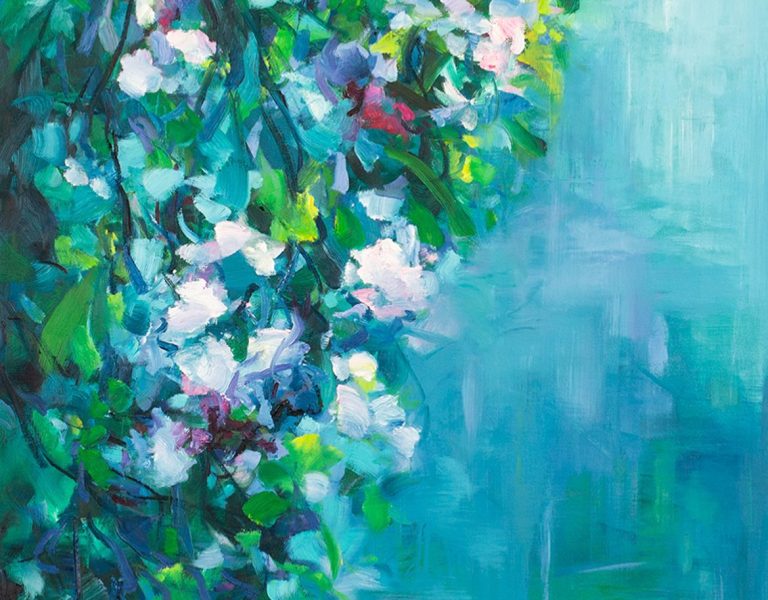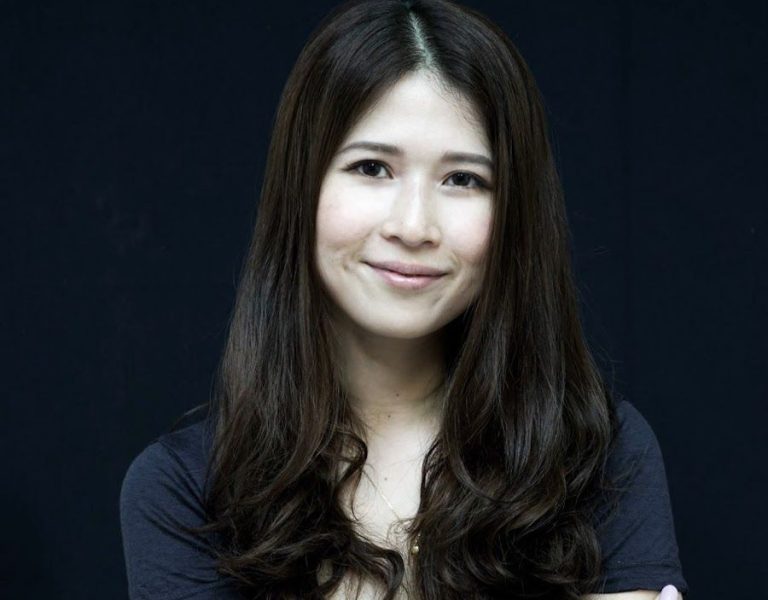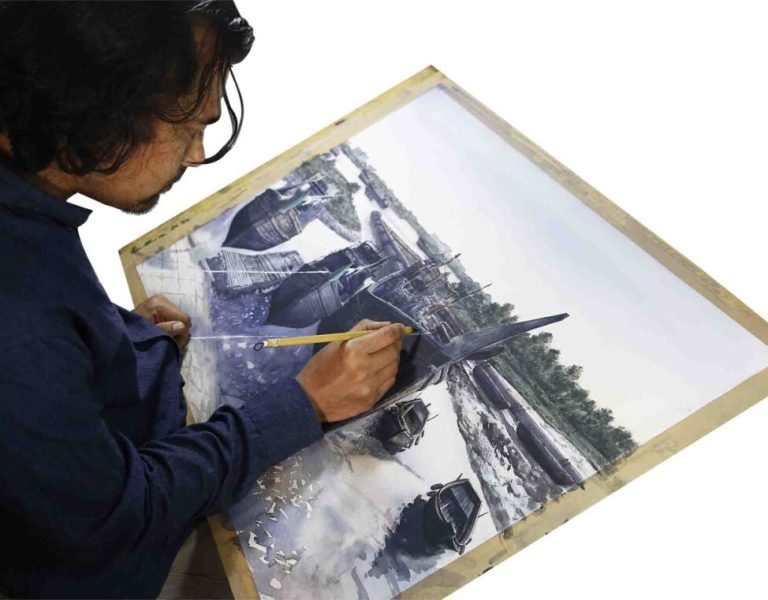In a remote Chinese village, a young painter born in 1994 turns inward—where silence, solitude, and subtle absurdity become his language. Between Observation and Introspection There’s a peculiar stillness in Tianhao’s paintings—an atmosphere that refuses to hurry. Born in 1994 in Huanggang, Hubei, and trained at the Xinjiang Arts Institute, Tianhao (田浩) now resides and works in a remote village surrounded by fields, trees, and the open sky. Drawn initially to botany, he carries that early curiosity into painting: the way light lands on a leaf, the texture of a shadow, the rhythm of growth. It shows. His brushwork is delicate but never decorative. You sense he’s looking for something beneath appearance—some truth that can’t be photographed. “His imagery invites a lingering gaze — revealing layered meanings that unfold over time.” — Artsy A Practice of Quiet Resistance Tianhao’s work isn’t grand or confrontational. It doesn’t scream for attention in the way much of the global contemporary art world does.
Instead, it whispers — insisting that viewers slow down and spend time. In an era of spectacle, this refusal to perform is a form of rebellion in itself. The artist’s gallery describes his paintings as “resisting spectacle in favour of emotional depth and nuanced form.” They hover between the real and the imagined, between the seen and the felt. His influences are as quietly intellectual as his paintings suggest. Philosopher Blaise Pascal and surrealist René Magritte both hover in the background — each concerned with truth and illusion, each a master of gentle absurdity. Tianhao absorbs their questions but translates them through his own lens of Chinese landscape sensibility and botanical attention. A Painter of Still Moments Whether you encounter Be Careful What You Wish For (2025) or Empire of Light (2025), you enter a dreamlike state where figures and shadows melt into hazy color. The titles hint at narrative, but the narrative never fully reveals itself. There’s tension —…




